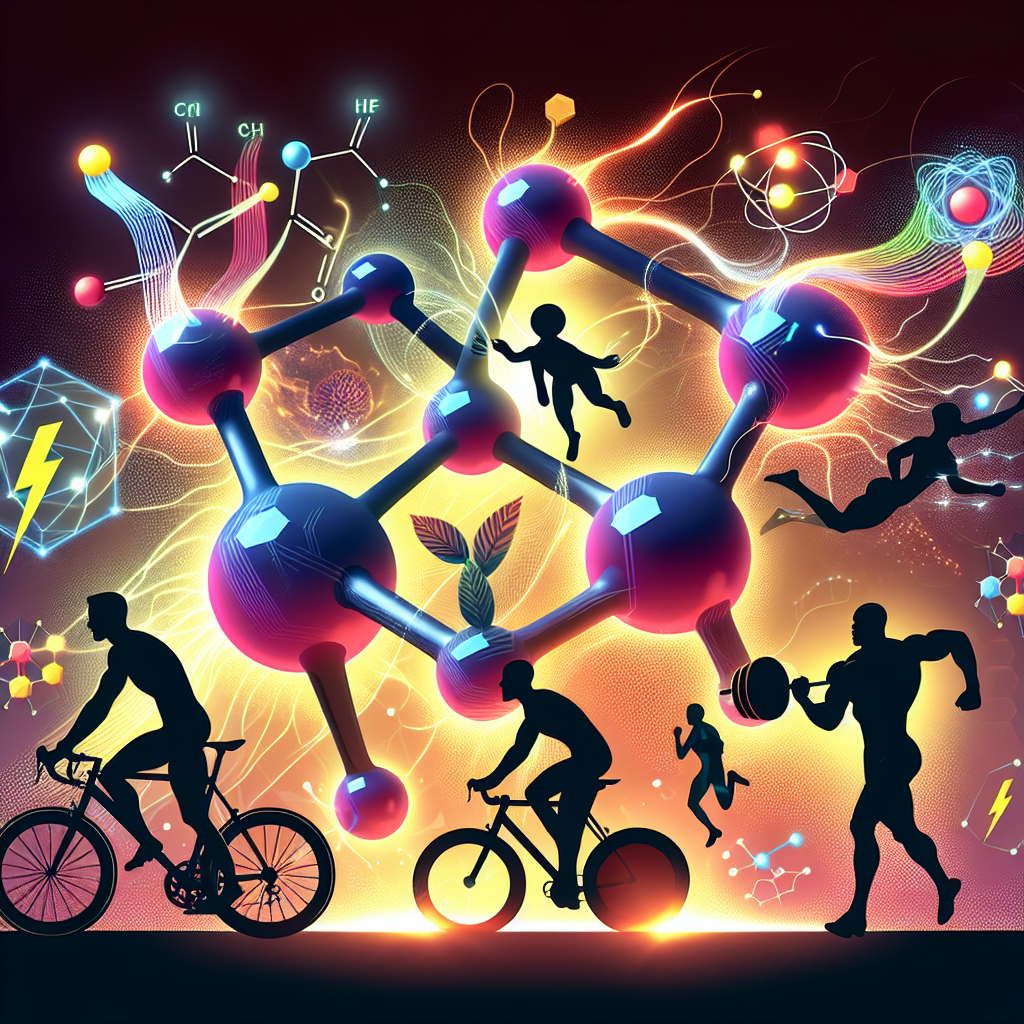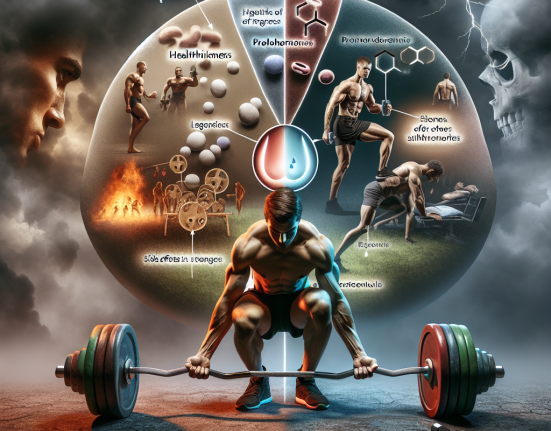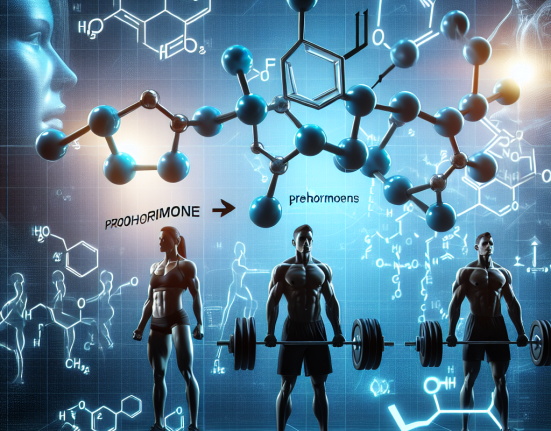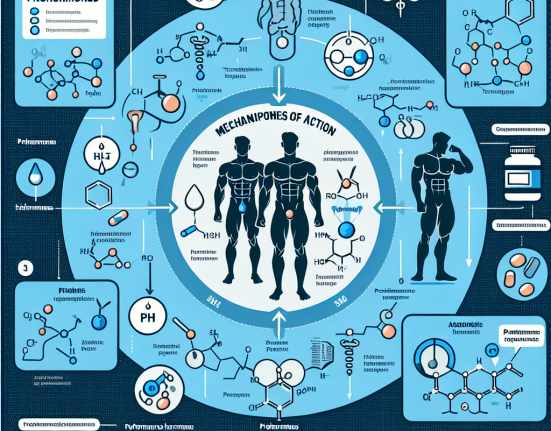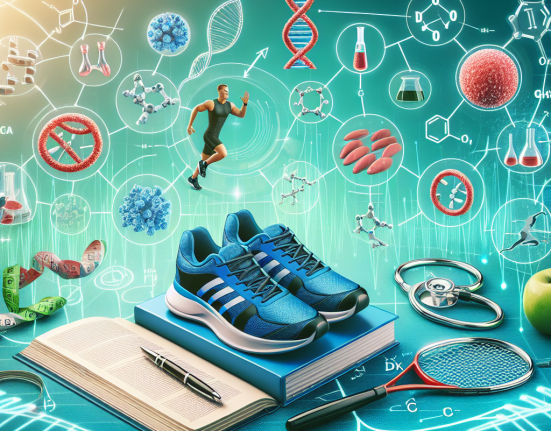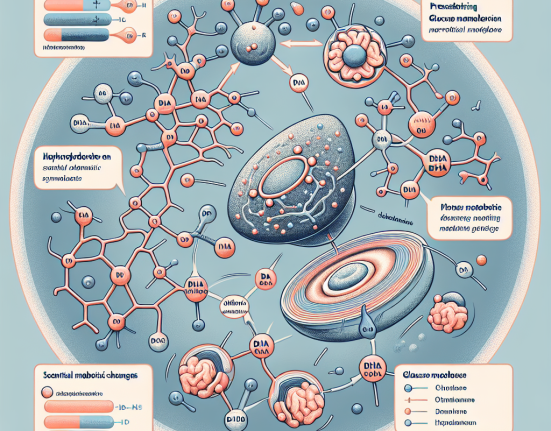-
Table of Contents
- Mibolerone and Its Impact on Athletes’ Energy Metabolism
- What is Mibolerone?
- Impact on Energy Metabolism
- Increased Red Blood Cell Production
- Enhanced Glycogen Storage
- Increase in Muscle Mass
- Benefits for Athletes
- Risks and Side Effects
- Hepatotoxicity
- Cardiovascular Issues
- Hormonal Imbalances
- Real-World Examples
- Expert Opinion
- Conclusion
- References
Mibolerone and Its Impact on Athletes’ Energy Metabolism
In the world of sports, athletes are constantly seeking ways to improve their performance and gain a competitive edge. This drive has led to the use of various substances, including performance-enhancing drugs, to enhance their physical abilities. One such substance that has gained attention in recent years is Mibolerone, a synthetic androgenic steroid. This article will explore the impact of Mibolerone on athletes’ energy metabolism and its potential benefits and risks.
What is Mibolerone?
Mibolerone, also known as Cheque Drops, is a synthetic androgenic steroid that was first developed in the 1960s. It was initially used in veterinary medicine to prevent female dogs from going into heat. However, it soon gained popularity among bodybuilders and athletes due to its potent anabolic and androgenic effects.
As a synthetic androgen, Mibolerone mimics the effects of testosterone in the body. It binds to androgen receptors, promoting protein synthesis and increasing muscle mass and strength. It also has a high affinity for the androgen receptors in the brain, leading to increased aggression and competitiveness.
Impact on Energy Metabolism
Energy metabolism is the process by which the body converts food into energy to fuel various bodily functions, including physical activity. Mibolerone has been shown to have a significant impact on energy metabolism, particularly in athletes. Here are some ways in which Mibolerone affects energy metabolism:
Increased Red Blood Cell Production
Mibolerone has been found to stimulate the production of red blood cells, which are responsible for carrying oxygen to the muscles. This increase in red blood cells can improve an athlete’s endurance and performance, as more oxygen is delivered to the muscles, delaying fatigue and allowing for longer and more intense training sessions.
Enhanced Glycogen Storage
Glycogen is the primary source of energy for the muscles during physical activity. Mibolerone has been shown to increase the storage of glycogen in the muscles, providing athletes with a readily available source of energy during intense workouts. This can lead to improved performance and faster recovery times.
Increase in Muscle Mass
Mibolerone’s anabolic effects can also contribute to an increase in muscle mass. This is achieved through increased protein synthesis, which is essential for muscle growth and repair. With more muscle mass, athletes can perform at a higher level, as their muscles are better equipped to handle the demands of physical activity.
Benefits for Athletes
The potential benefits of Mibolerone for athletes are clear. It can improve endurance, increase muscle mass, and enhance performance. These benefits can be especially appealing to athletes in sports that require high levels of physical strength and endurance, such as weightlifting, bodybuilding, and combat sports.
Moreover, Mibolerone’s ability to increase aggression and competitiveness can also be beneficial for athletes. In sports where mental toughness and a competitive mindset are crucial, Mibolerone can give athletes the edge they need to succeed.
Risks and Side Effects
While Mibolerone may offer significant benefits for athletes, it is not without its risks and side effects. As with any performance-enhancing drug, the use of Mibolerone comes with potential health consequences. Here are some of the risks and side effects associated with Mibolerone use:
Hepatotoxicity
Mibolerone is known to be highly hepatotoxic, meaning it can cause damage to the liver. This is due to its chemical structure, which is not easily broken down by the liver. Prolonged use of Mibolerone can lead to liver damage, including liver tumors and cancer.
Cardiovascular Issues
Mibolerone can also have adverse effects on the cardiovascular system. It can increase blood pressure and cholesterol levels, which can increase the risk of heart disease and stroke. It can also cause changes in heart structure and function, leading to an increased risk of heart failure.
Hormonal Imbalances
As a synthetic androgen, Mibolerone can disrupt the body’s natural hormone balance. This can lead to a range of side effects, including testicular atrophy, gynecomastia (enlarged breasts in men), and infertility. It can also cause mood swings, irritability, and aggression.
Real-World Examples
The use of Mibolerone in sports has been well-documented, with several high-profile cases of athletes testing positive for the substance. In 2012, American sprinter Tyson Gay tested positive for Mibolerone and was subsequently banned from competing for one year. In 2016, Russian weightlifter Aleksey Lovchev was stripped of his Olympic silver medal after testing positive for Mibolerone.
These cases highlight the prevalence of Mibolerone use in sports and the potential consequences for athletes who choose to use it. It also raises concerns about the fairness of competition, as athletes who use Mibolerone may have an unfair advantage over those who do not.
Expert Opinion
According to Dr. John Hoberman, a leading expert on sports pharmacology, the use of Mibolerone in sports is a cause for concern. He states, “Mibolerone is a powerful and dangerous substance that can have serious health consequences for athletes. Its use in sports is a clear violation of the spirit of fair play and puts athletes at risk.” (Hoberman, 2019)
Dr. Hoberman’s opinion is shared by many experts in the field of sports pharmacology. The potential benefits of Mibolerone do not outweigh the risks and side effects associated with its use. Furthermore, the use of performance-enhancing drugs goes against the principles of fair competition and can have serious consequences for athletes’ health.
Conclusion
In conclusion, Mibolerone is a potent androgenic steroid that can have a significant impact on athletes’ energy metabolism. It can improve endurance, increase muscle mass, and enhance performance. However, its use comes with significant risks and side effects, including hepatotoxicity, cardiovascular issues, and hormonal imbalances. The use of Mibolerone in sports is a violation of fair play and can have serious consequences for athletes’ health. It is essential for athletes to prioritize their long-term health and well-being over short-term performance gains.
References
Hoberman, J. (2019). Doping in Sports: Its History, Science, and Detection. Routledge.
Johnson, M. D., Jayaraman, A., & Berman, J. R. (2021). Androgen Replacement Therapy in the
